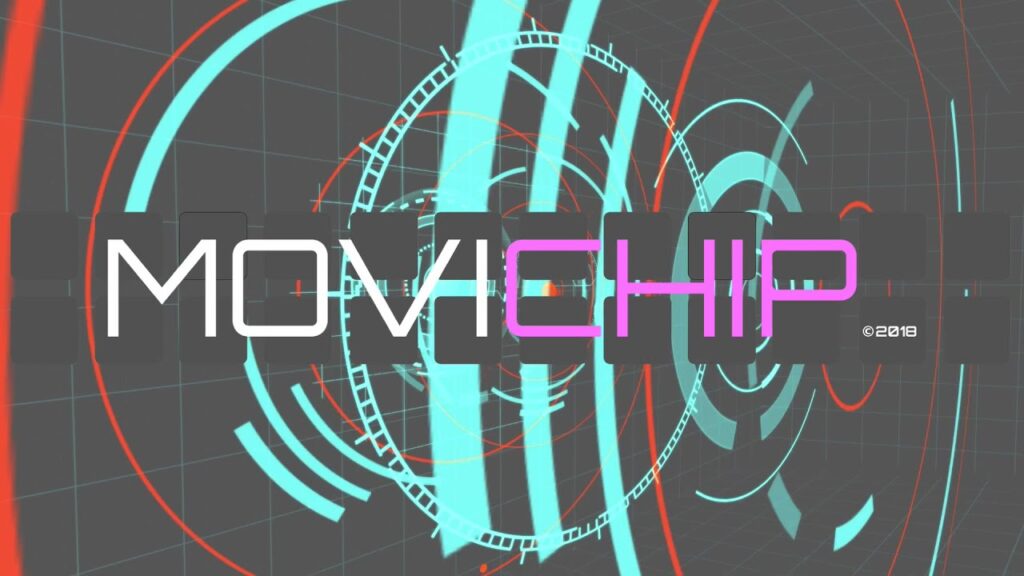KSC2 vs KSC3 – What Changed, What’s New?
3 min read
The KSC3 engine knock detection system hones the features of the KSC2 while adding some extra capabilities to make it a more full featured product.
What Was Honed?
User Interface. In hindsight, there were some easy improvements that could have been made to the user interface of the KSC2 app. The KSC3 looks very similar and operates in a very similar way, but again, the appearance of the app has been honed with larger fonts where needed, larger buttons for the options that need it and generally, the app has been made easier to read with a quick glance.
Faster BT Connection. Noticeable improvements to the speed the app and the KSC unit communicate with each other.
Internal Changes. The PCB layout of the KSC unit has been improved for more accurate knock detection and general the PCB has been polished.
Areas for Improvement (KSC2) – New Features on KSC3
There were a few areas we wanted to improve on the replacement for the KSC2
Load Input. Lifting of the throttle could trigger knock detection events (read more about lift off throttle knock here). This may or may not be actual knock, the thinking was, for the reasons detailed in the linked to article, a lot of the time it wasn’t. To combat possible false knock detection events under high vacuum conditions, a load threshold option has been added to the KSC3. This is an entirely optional setting. If the user wants knock detection under all conditions, the load threshold can be set to the minimum. Otherwise the user can set the load threshold to whatever they think is relevant for their situation.
Variable Knock Output. With the KSC2 the knock indication output to the ECU and LEDs was fixed. It either detected knock or it did not. If the engine calibrator wanted to add some extra security by say retarding ignition by 5 degrees (or more) when knock was detected by the KSC3, this was great. However, if the knock intensity threshold was only breached by 1 point, 5 degrees of retard may be excessive.
The KSC3 has a variable output from 1 point above threshold to 20 points above threshold. 20 points and more (above threshold is the same output). Likewise for the LED output.
The calibrator can see the range for the ECU signal input from the KSC3 by using the test function in the KSC3 app. This will output a looping signal showing the range of the signal going to the ECU and the LED. The calibrator can see the lowest signal voltage to the highest going to the ECU and adjust the correction map in the engine ECU to what they see fit. And likewise with the test function the calibrator can see the minimum brightness of the LED to the maximum brightness. Again, using this feature is completely optional.
You can read more about the variable knock output here
Adjustable Resolution for Knock Detection. The KSC2 had one setting, the KSC3 has two, normal and high. The high resolution can measure frequencies up to 7.2KHz, the normal resolution up to 14.4KHz. Theoretically the high resolution setting should be more accurate but the calibrator can test both to see which suits the engine better.
Conclusion
The KSC3 builds on what was already present in the KSC2, adds more features while improving the user interface.
The KSC3 is penciled in for release end of Q1/start of Q2 2024. When the product is released you can order from the product page, here.
DISCLAIMER
The KSC3 is not a safety device to protect the engine due to a bad tune and/or unusual engine operating conditions. It is a tool to help detect engine knock in the calibration process. It should always be used with other systems to help detect knock and help protect the engine against detonation, some examples of these complimentary systems are audible input from an engine microphone/knock sensor, EGT sensor & cylinder head temperature sensor.


